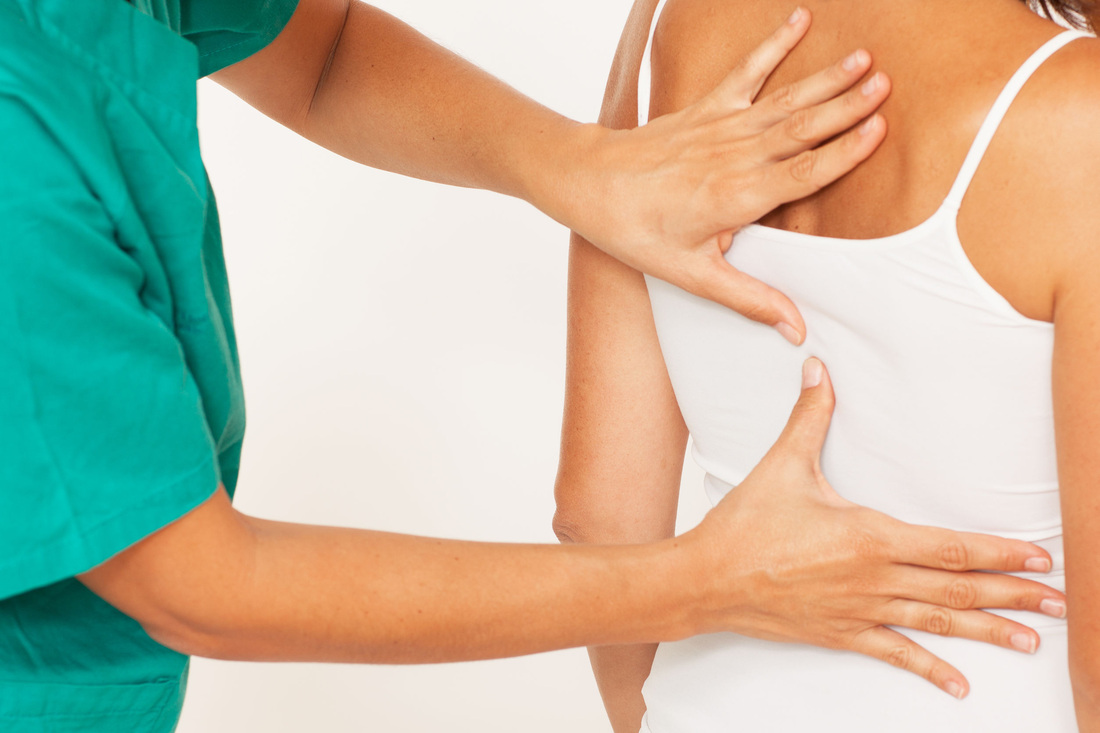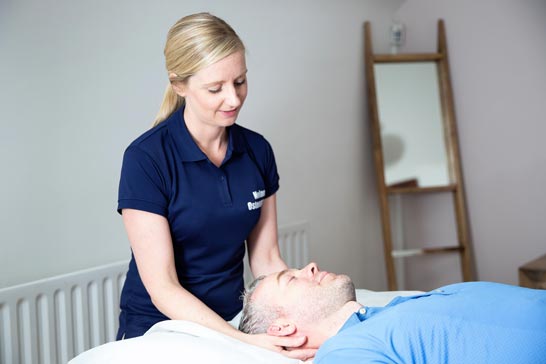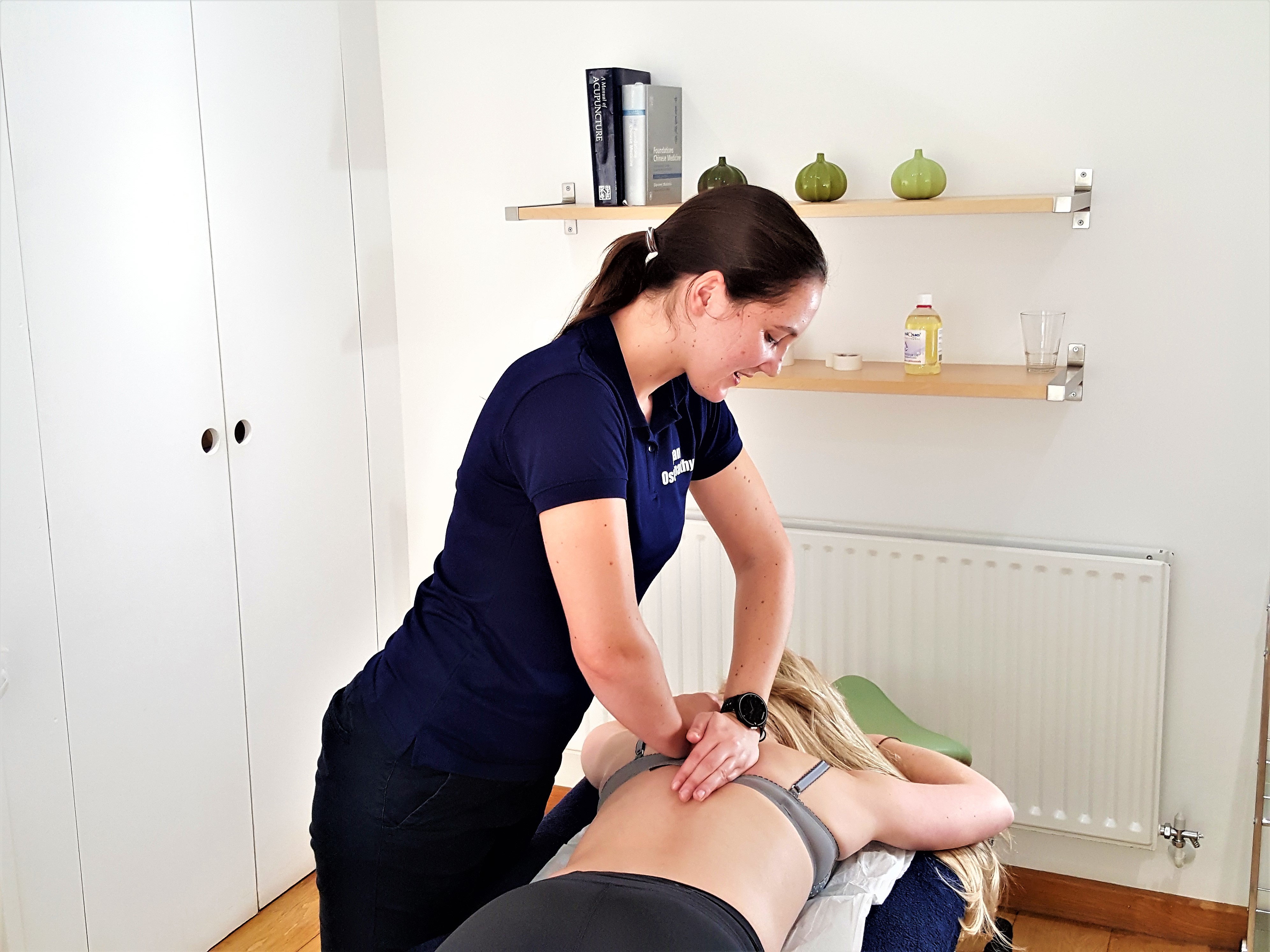Hypermobile? Focus on STABILITY rather than FLEXIBILITY
August 1, 2019
Maria Nolan

Have you ever been in a yoga class and find you just can’t feel the stretch, despite being able to stretch really far?
Or that your hips and back still ache despite doing stretch classes a few times a week?
Do you often dislocate joints or keep getting sprains and strains?
More often than not, these symptoms suggest that you are hypermobile. Hypermobility basically means that the joints are overly mobile because the ligaments and tendons are too stretchy and therefore do not provide adequate support to the joints.
Being hypermobile does not actually cause pain and it will barely affect the normal daily activities of most people. What causes the pain is when the joints move beyond the normal range of movement, which puts stress on the muscles, ligaments and tendons and on the joint surfaces themselves.
If a patient has been experiencing this type of pain for longer than 3 months, then we call it Joint Hypermobility Syndrome. Some patients will have this condition from early life but very often it can be caused by activities which repetitively stretch the joints and muscles, without doing the necessary strength training needed to balance the increased mobility. Gymnasts, cheerleaders, ballet dancers and yoga enthusiasts can be particularly susceptible.
What can be done to help with Hypermobility?
While there is no cure for joint hypermobility syndrome, the condition is considered non-progressive, mainly because joint laxity or mobility will naturally reduce as we age.
However, it is very important that you get professional advice as soon as possible as joint hypermobility syndrome can lead to problems such as Osteoarthritis, dislocations and Sсоliоѕiѕ later in life.
The good news is that the current pain you may be experiencing can be managed by improving your muscle strength, posture and balance so your joints are protected and this is where your osteopath can really help. Osteopaths can also help with the rehabilitation of the affected areas and help prevent reinjury.
Here is some other useful advice:
- Avoid overstretching your joints and do not lock out your joints. As an example, don’t allow your knees to hyperextend. Also avoid clicking or cracking your own joints. If you are repeatedly manipulating or cracking your joints, it can lead to chronic pain.
- Gentle stretching is ok but your main focus should be on strengthening your core and the muscles that support your joints. Your osteopath will be able to advise you on suitable exercises.
- Pilates can be helpful but it is important that you work with an experienced instructor who understands hypermobility and will advise you accordingly. Nolan Osteopathy has some excellent instructors within our network so please ask if you are looking for someone.
- Low-impact exercise such as swimming or cycling is good. NOTE: not doing any exercise can make your symptoms worse
If you have any questions about Hypermobility and Osteopathy please Call Us or Book Online





